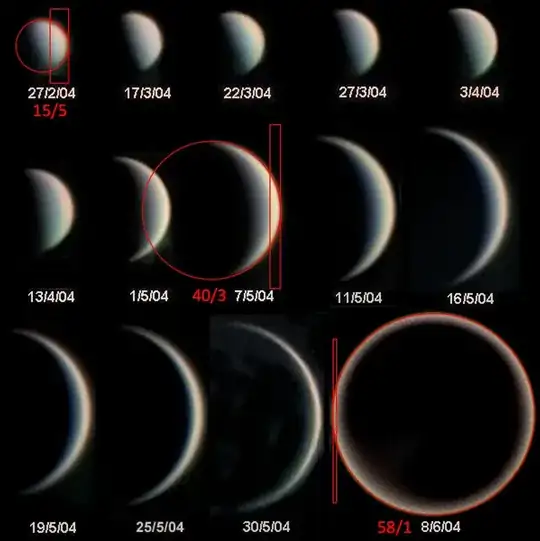Venus (and Mercury) are highly predisposed to twinkling seen from Earth!
The other answers try to explain based on atmospherics alone, without stopping to consider the following:
While the outer planets (Mars and Jupiter et al.) are always almost fully illuminated, the inner planets Mercury and Venus are often crescents and so at least in one direction -- parallel to the ecliptic -- they can have nearly stellar sizes of only a few arcsecs.
This means that at these times we should expect them to twinkle unless observing under incredibly good conditions. And of course they are thinnest when closest to the Sun and so will be low to the horizon after sunset when their light travels through an enormous amount of air and temperatures are changing rapidly, so sort-of maximum convection/turbulence.
For more on how Venus's dance changes distance from Earth and illuminated fraction in such a way that it's almost always between -3.8 and -4.8 magnitude, see answers to

above: Phases of Venus, originally from Wikimedia but annotated.
For three times in 2004 (Feb 27, May 7, and June 8) I've taken the angular diameters of Venus from JPL's Horizons and using the largest (June 8) as a calibration for the image shown the full diameter of Venus.
Then I've drawn a thin rectangle to eyeball the width of the bright part of the limb that would contribute most of the light. The annotated numbers (15/5, 40/3, 58/1) are the apparent diameters of the full disk and the width of the bright limb in arcseconds.
